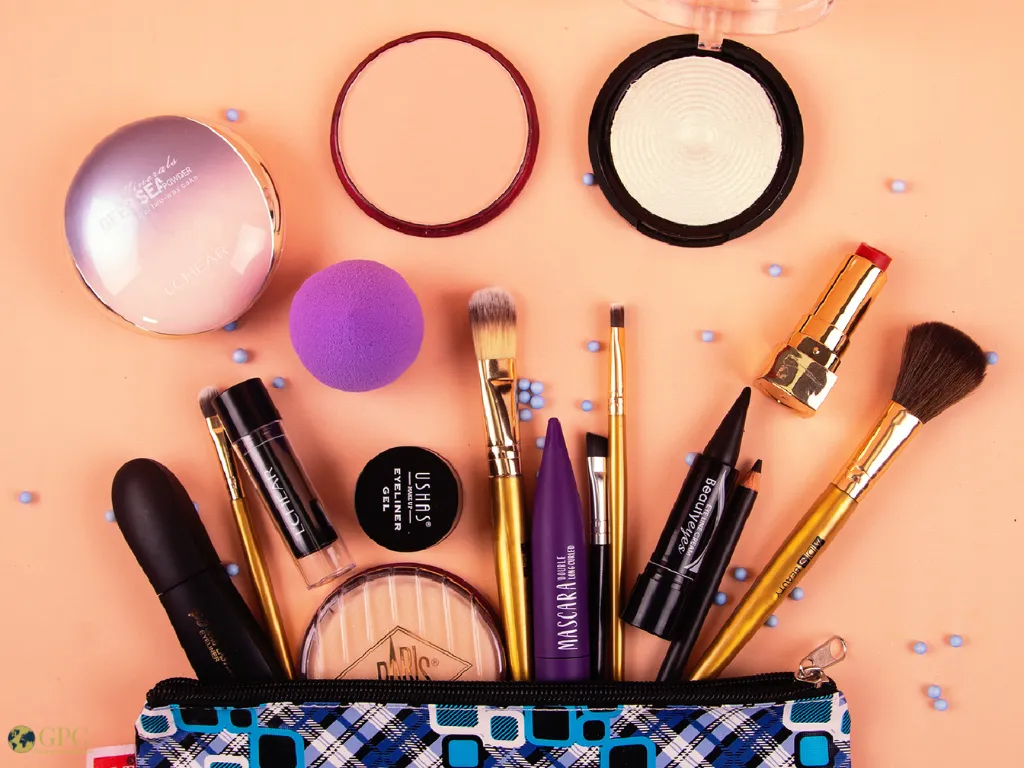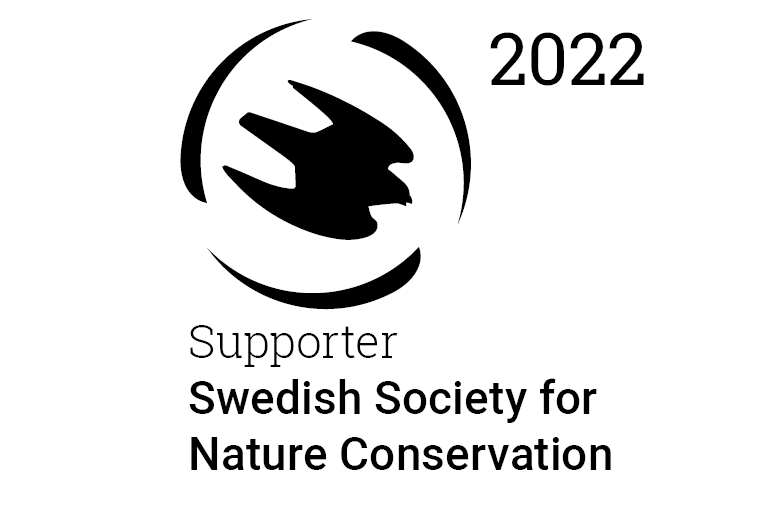- Home
- GPC Saudi Arabia
Login
Forget Password
News

Saudi Arabia updates the permitted use of Methyl N-Methylanthranilate MNM
Sep-27-2022
On 8 August 2022, the Saudi Food and Drug Authority (SFDA) updated the permitted use of Methyl N-Methylanthranilate (MNM) in cosmetic products. In cosmetics, MNM acts as a fragrance. It is used in fine fragrances, shampoos, soaps, and many other types of cosmetics. The update will come into effect from 1 July 2023.
Iearlier in EU, the permit to use MNM in cosmetic products was updated. Under Annex III of (EC) 1223/2009 the European Commission released Regulation (EU) 2022/135, restricting the use of methyl-N-methylanthranilate in cosmetic products. The regulation was released on 31 January 2022 and has been effective since 21 February 2022.
According to SFDA Circular 24366 and EU regulation (EU) 2022/135-
|
Restriction |
||
|
(a) Leave-on products |
(a) 0.1 % |
For (a): not to be used in sunscreen products and products marketed for exposure to natural or artificial UV light |
|
(b) Rinse-off products |
(b) 0.2 % |
For (a) and (b): - Do not use with nitrosating agents - Maximum nitrosamine content: 50 μg/kg - Keep in nitrite-free containers |
On the basis of the latest evidence and studies the new MNM restrictions are updated.
Cosmetic products must comply with the update by manufacturers, warehouse managers and importers.
New ROHS Requirements announced by Saudi Arabia in 2022
Sep-15-2022
Saudi Arabia is the newest country to issue a Restriction of Hazardous Substances (RoHS) regulation, requiring relevant Saudi manufacturers and importers of electric and electronic equipment (EEEs) to comply with this law from 5 January 2022. This regulation is published by the Saudi Standards, Metrology, and Quality Organization (SASO). Various products on the market were discovered to contain dangerous substances which show a serious danger to the safety of the consumer and the environment. This implementation was set to begin on 9 July 2021 and postponed to 4 July 2022, due to industries from countries like the US and China expressing their concerns over the short timeline, which can be again extended till March 31, 2023, to affect manufacturers of different types of appliances.
RoHS stands for Restriction of Hazardous Substances. RoHS, also known as Directive 2002/95/EC, originated in the European Union and restricts the use of specific hazardous materials found in electrical and electronic products (known as EEE). All applicable products in the EU market after July 1, 2006, must pass RoHS compliance.
According to restrictions, the chemical restriction level is standardized of the following substances so, that every relevant product undergoes testing to make sure it does not go beyond chemical restriction levels.
|
Hazardous substances in electrical equipment and appliances |
Maximum percentage of content allowed |
|
Lead (Pb) |
0.1% |
|
Mercury (Hg) |
0.1% |
|
Hexavalent Chromium (Cr6+) |
0.1% |
|
Cadmium (Cd) |
0.01% |
|
Polybrominated Biphenyl Ethers (PBB) |
0.1% |
|
Polybrominated Biphenyls (PBDE) |
0.1% |
Large-scale industrial stationary machinery, medical devices, military equipment, large-scale fixed installations, and aerospace equipment are exceptions to this regulation. Penalties, as well as the removal of a product from the market, is the step taken whenever a manufacturer fails to abide by the regulatory compliance.
Timeline updates to Compliance-
- Electrical household appliances: 4 July 2022
- Large electrical household appliances: 2 October 2022
- Telecommunication and IT equipment: 31 December 2022
- Lighting equipment: 31 March 2021
Manufacturers have to stay up-to-date on amendments and integration, as more equipment and appliances will be added in the future.
Login
Forget Password
Global Product Compliance (GPC) specializes in Global Regulatory Compliance Solutions across sectors
globally. SSS Europe, a familiar name in chemical regulatory and compliance services now formally belongs
under the umbrella of GPC Holding Sweden.
Since 2008, we have emerged as one of the leading names among Global Regulatory Compliance Service
Providers with Representation services in Europe, Asia and Middle East for respective chemical
regulations.


